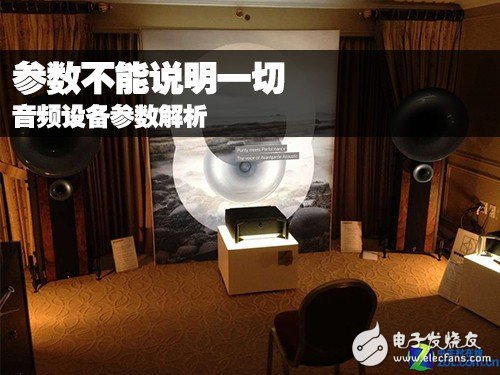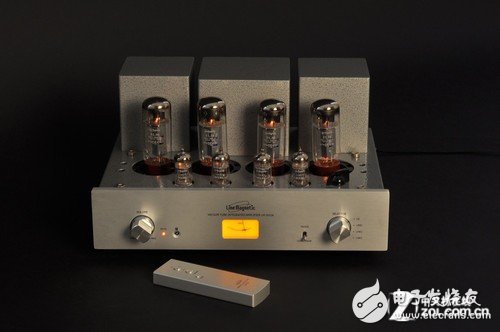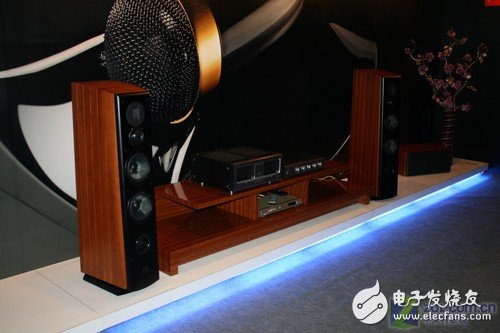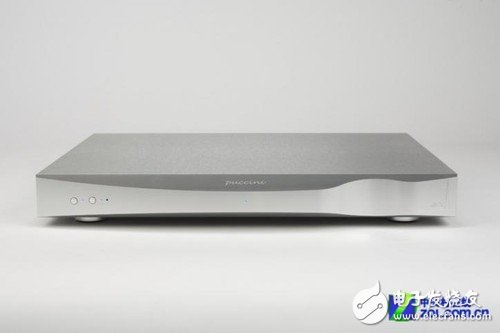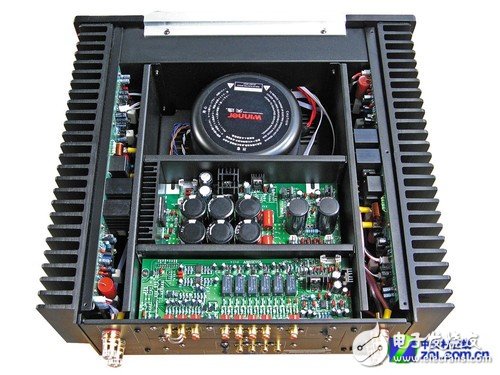
SNR is important, but whether it can be distinguished is another problem
"Noise" is simply defined as "signals generated by the equipment during processing", which are independent of the input signal. For MP3 players, signal-to-noise ratio is an important parameter. It refers to the ratio between the maximum undistorted sound signal intensity produced by the sound source and the noise intensity emitted at the same time. It is called signal/noise ratio for short. It is usually expressed in s/n, and the unit is dB. For the player, the higher the value, the better. At present, the signal-to-noise ratio of MP3 players is 60dB, 65dB, 85dB, 90dB, 95dB, etc. when we choose MP3 players, we generally choose more than 60dB. However, even if this parameter meets the requirements, it does not necessarily mean that the machine is good. After all, it is only one of the parameters to be considered in MP3 performance parameters.
However, in terms of the audible level of human ear, the sensitivity to the signal-to-noise ratio is basically about 90dB. If the signal-to-noise ratio of the equipment is higher than 90dB, the audible change of human ear will be smaller. However, the performance in detail can be heard in terms of the auditory sense. However, if a signal-to-noise ratio is compared with 95dB and 105dB, the audible change may be almost zero. For MP3 player, the parameter of signal-to-noise ratio is determined by the decoding chip and the circuit. The decoding chip determines the highest possible signal-to-noise ratio, while the circuit ensures that the signal-to-noise ratio is reduced as little as possible. However, the signal-to-noise ratio of the chip is an average value, which means that the chip manufacturer cannot guarantee that each decoding chip is the same signal-to-noise ratio. If the nominal signal-to-noise ratio of a decoding chip is 100dB, that means the signal-to-noise ratio of this chip may be between 98-102db. That is to say, if the decoding chip used for an MP3 is 100dB, Then the audio output signal-to-noise ratio of this player cannot be higher than 102dB.
Flatness of frequency response curve
Many users believe that the frequency response curve of audio equipment must be straight, otherwise it must not be a good equipment. This thesis should be viewed separately. Generally speaking, the audio source products of audio equipment, that is, CD players and DAC decoders, generally have different lines in the high frequency band according to the different analog filters used. The sound source products using Butterworth filter often have a roll down of 1-3 dB at the high frequency of 15-20KHz. Products using Chebyshev and elliptic filters also have some fluctuating lines at high frequencies. Some low-end consumer audio source products, such as low-end MP3 players, simply use digital filtering to cut off the high frequencies above 20K without using analog filters. Although the frequency response curve looks flat, it actually contains a lot of high-frequency digital clutter, which makes the listening feel thin and cold. This is the so-called digital sound. However, for sound source equipment, the so-called "digital flavor" and "analog flavor" have no positive or negative meanings, but represent their own music style characteristics.
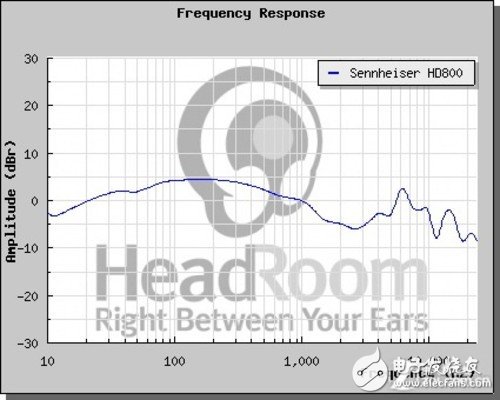
Frequency response curve can not explain everything
The frequency response curve of headphones is a very complex situation. First of all, almost all the frequency response curves of earphones are corrected, and the adjustment of frequency response curves of earphones is often based on comparison. It is difficult to explain the problem simply by discussing the frequency response curve of a certain earphone.
Summary:
Among the enthusiasts, there are always the parameter party, the technology party and the subjective listening party. In fact, the issue of who is right and who is wrong has been debated for countless years. After all, people on both sides disagree with each other. However, for parameters, they really can not 100% explain how a device is. At least, they should listen to them. Understanding parameters, having correct sound tendency and judgment ability are the most important.
|
Disclaimer: This article is transferred from other platforms and does not represent the views and positions of this site. If there is infringement or objection, please contact us to delete. thank you!
中恒科技ChipHomeTek
|
